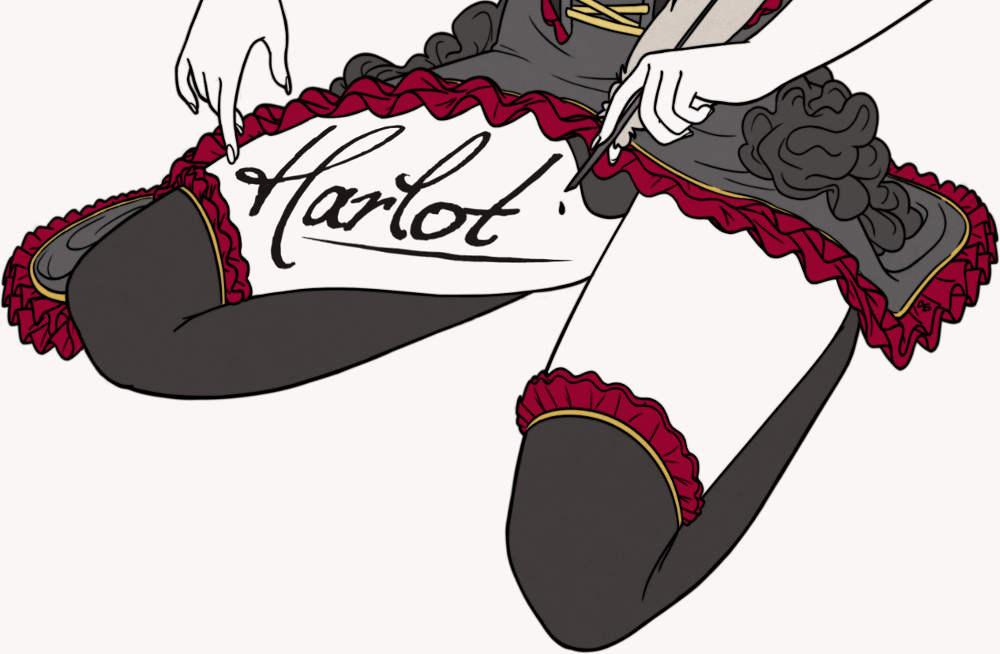Black History Month has passed; the pushback of white supremacy through critical education resumes its daily, hourly, minute-to-minute work.
In A Case for Whiteness History Month, I make a short case for the introduction of Whiteness History Month, a month dedicated to kyriarchy: the overlapping and interconnected oppressions around gender, sexuality, race, class, and physical ability that are made invisible by violent normativities. Inherent to this case for this history month is a case for critical pedagogy.
Critical pedagogy is a kind of instruction that challenges dominant structures (such as whiteness) through dialogue and ultimately seeks to create a social and political consciousness that empowers individuals and communities to name and identify oppressions. Brazilian educator Paulo Freire named this “critical consciousness,” and the process of consciousness-raising was called “conscientization.”
In his book Education, Power, and Personal Biography, Argentinian sociologist and educator Carlos Alberto Torres challenged mythologies of liberal education and its “notion that education is a neutral activity, and that education is an apolitical activity.” It is impossible for American education to be neutral and/or apolitical when lesson plans of all educational levels are sites of historical revisionism. One of my favorite quotes is an Ewe-Mina (peoples from Benin, Ghana and Togo) proverb: “, the tale of the hunt will always glorify the hunter.” Until indigenous communities can tell the story of America’s “discovery” by European explorers, until the African diaspora can write the history of the trans-Atlantic slave trade, until marginalized communities are the storytellers of their experiences, history will be rendered partially complete but wholly privilege the knowledges and perspectives of colonizers.
In this context, diversity agendas are hindrances rather than stepping stones to justice and equity. Diversity might be the inclusion of a lesson about Chinese-American contributions to American infrastructure within a lesson about westward expansion. It might also be learning about traditional Native American garments during November lessons about the observation of Thanksgiving at Plymouth colony. In both cases, diversity signifies the inclusion of communities on the margins in ways that do not decenter dominance, but actually insulate it.
The inclusion of marginalized identities and experiences without decentering dominant narratives is an understanding of diversity that leaves oppressive structures intact, and in fact, insulates them from criticism. Diversity is very frequently the linchpin of liberal racism in education, and inclusivity becomes functionally useless if we do not also exclude via decentering violent normativities positioned as normal:
"Through a white-writing of history (and history textbooks) that erases and minimizes all of the revolts that were necessary for change, liberals are able to demand that protesters remain totally peaceful, pacifist, and nonviolent (by which they mean non-destructive of property) in the face of dehumanization, degradation, and absolute repressive violence (the actual destruction of human life). White liberals and their sympathizers take ideas and quotes from Martin Luther King out of context and use them to shame disruptive protesters as rioters and looters, dismiss more militant activists as spiteful and vengeful, blaming them all for their own conditions.”
Many professors are taking the initiative to subvert the normative values imposed by certain curriculum and educational requirements, and I’d like to highlight two wonderful women I know: Dr. Terri Coleman a first year composition professor at Dillard University in New Orleans, and , a sociology professor at Merritt College in Oakland. Terri draws on black feminist, womanist, and postcolonial theorists like Victor Villanueva, Beverly Daniel Tatum, Gloria Anzaldúa, Ngugi wa Thiong’o, Edward Said, and Julius Lester. As an critical race sociologist and symbolic interactionism, Charity’s work also centers black womanhood and similarly draws on the black feminist scholarship of Dorothy Roberts, Kimberlé Crenshaw, Alice Walker and Audre Lorde, as well as Joe Fegin, Eduardo Bonilla Silva, Stuart Hall, and others.
Terri refers to her teaching as “unteaching” because she wants “[her] students to unlearn the ideas they’ve internalized about language” and the idea “that there’s ‘good’ English and ‘bad’ English…If you believe there’s ‘good’ English and ‘bad’ English, then you’re going to think that using ‘bad’ English is a sign of cognitive deficiency. If your identity aligns with ‘good’ English, that’ll make you an entitled jerk. But if your identity aligns with ‘bad’ English, that sets you up to believe you’re inferior, you’re stupid, that you are inherently unworthy and unable.”
As a sociologist, Charity prefaces her teaching by “deconstructing dominant narratives” because “many students are not aware of how intentionally structures of domination work.” She tries to link classroom teaches to students’ real life experiences by ensuring that all groups in her class are represented in the concepts taught.
“If I have Black, Indigenous, Asian and pacific islander, queer, women, immigrant, parents, etc. as students, I try to make sure that I make connections to them with the examples, with the authors we read, with the work they are assigned. And this is not only for the inclusion of these students but it is also to provide an understanding to other students. This inclusion encourages students to share, and that sharing can create a very powerful learning environment where students are listening to and learning from each other.”
Dr. Charity Clay
Diversity is antithetical to critical education, to any politics that ultimately seek to dismantle oppressive systems. The real problem with diversity in Terri’s eyes is that “because it is based on difference, [it] almost always includes whiteness,” which isn’t useful for anybody.
Because we are constantly taught that our lives, understandings, and experiences are invalid:
“people of color…need to see our own worlds centered; we need to be able to assume our validity. White people need practice recognizing and accepting the validity or traditions that have nothing to do with them; they need to practice inhabiting marginal spaces. Diversity doesn’t allow that, because it makes different groups (including whites) share the center.”
Dr. Terri Coleman
Charity’s understanding of diversity in education is a “surface diversity,” i.e. “the presence of different ‘looking’ people, without a sincere acknowledgement of different ideologies or perspectives.”
She ultimately seeks to instill her students with the understanding that their “experiences and realities are important."
Not seeing themselves represented in the textbooks they read often discourages them in school.
Dr. Charity Clay
There is demonstrable evidence that students perform better when their curriculum is representative and instills within them a sense of pride in their identities. Otherwise schools become yet another site in which students of color are repeatedly taught and begin to internalize their own degradation.
Diversity alone is not enough to redress centuries of hegemonic understandings and socialization via education. We need campaigns like Dismantling the Master’s House, Rhodes Must Fall in Britain, and Fees Must Fall and Open Stellenbosch’s Luister in South Africa, among other movements and initiatives around the world. We must support students and faculty members at institutions like San Francisco State University where the College of Ethnic Studies is facing huge funding cuts, at least in part because most American institutions devalue whiteness de-centered cultural programming. We’ve got to fight for the non-violence education and knowledge we deserve.
If you'd like to support this writer and help HARLOT MAGAZINE continue paying marginalized writers for their work, you can buy a "DECOLONIZE EDUCATION" t-shirt inspired by this article.


